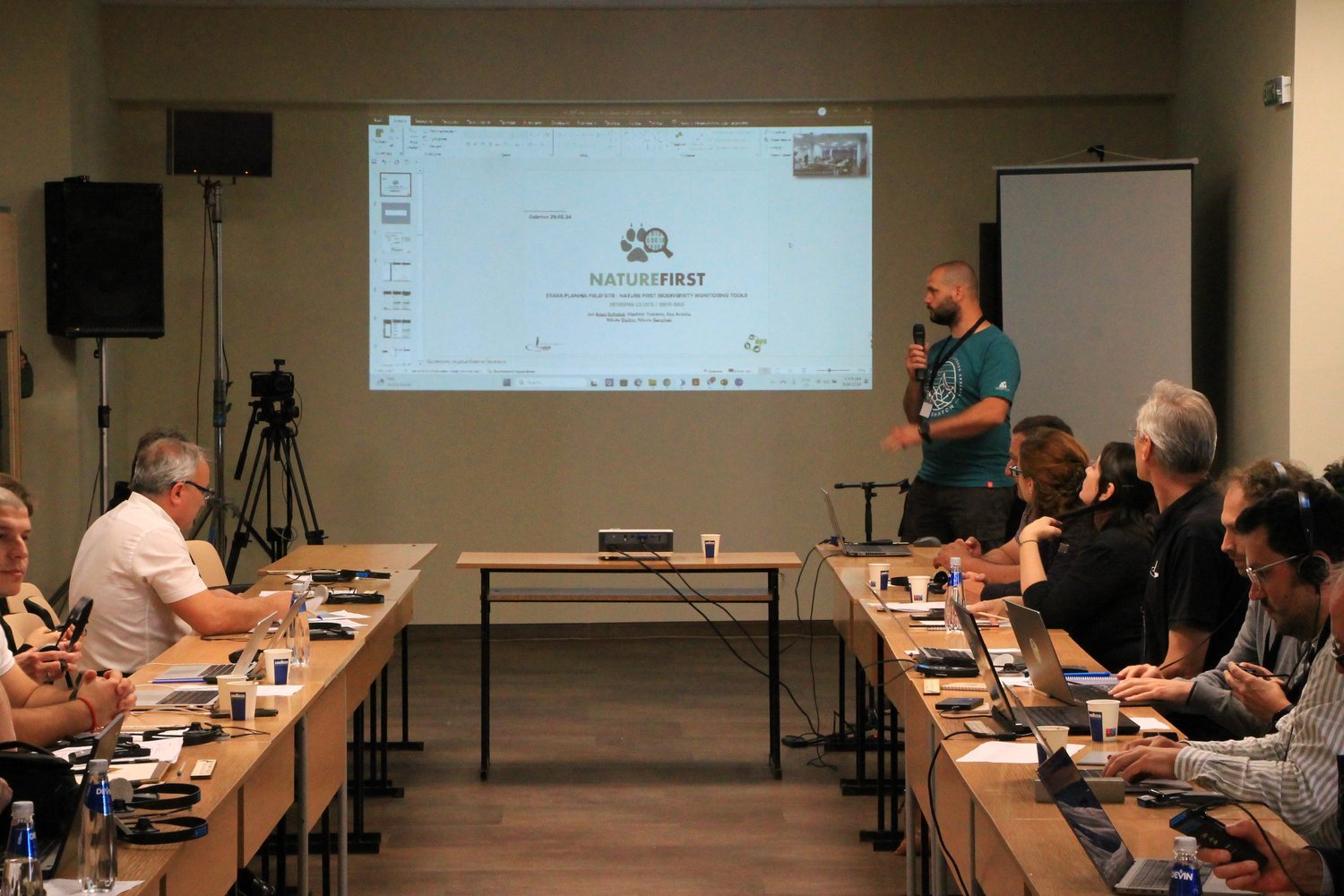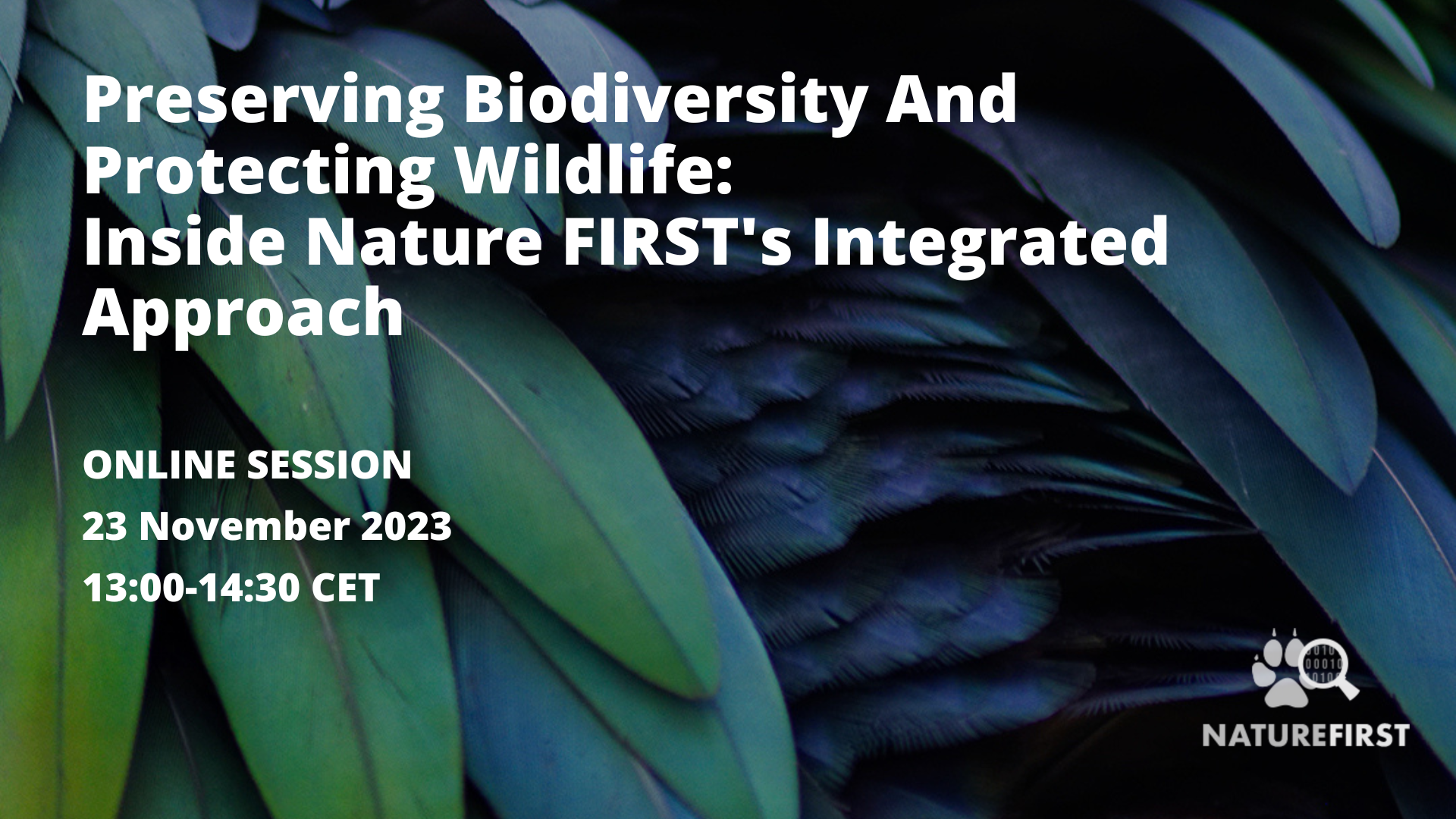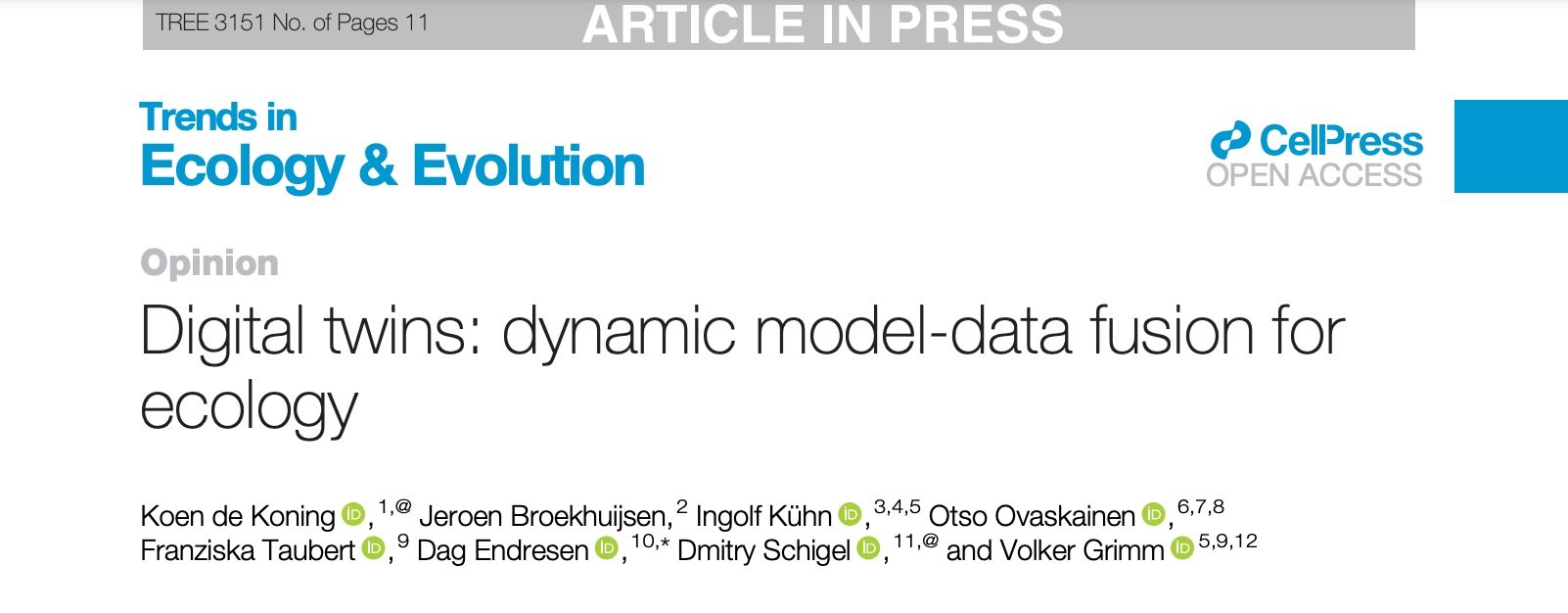NEWS & BLOG






WILDLIFE FORENSIC KIT COMPETITION
We are thrilled to introduce the Wildlife CSI-Kit Design Competition, where students from universities worldwide will craft innovative prototypes for gathering evidence wildlife crime scenes.

PRESERVING BIODIVERSITY AND PROTECTING WILDLIFE: INSIDE NATURE FIRST’S INTEGRATED APPROACH
On November 23rd, Nature FIRST had the opportunity to explore our cutting-edge monitoring tools; dive into a compelling case study of human-wildlife interaction in Bulgaria (specifically focused on bears); examine the crucial role of forensics in combating poaching; and receive feedback from key stakeholders. If you weren’t able to tune in for the demo, you can still gain valuable insights by watching the recording and downloading the slides. If you need a quick refresher, join us as we do an overview of what was discussed.

WHAT ARE TRANSBOUNDARY BIOSPHERE AREAS AND WHY ARE THEY IMPORTANT?
Nature FIRST is a data-driven project funded by the European Commission with the goal of preserving biodiversity in Europe and beyond. As part of the project, we are testing preventive solutions in various field sites and one of them is the Maramures Transboundary Area, located in the Carpathian Mountains in both Romania and Ukraine. But why are transboundary biosphere areas important for biodiversity in Europe? What does this mean in terms of policy making? And what does it mean for the Nature FIRST project? Join us as we delve into the answers to the questions and explore the importance of transboundary biosphere areas.

NATURE FIRST WORKSHOP IN ROMANIA: EXPLORING FORENSIC INTELLIGENCE FOR NATURE CONSERVATION
We are thrilled to share insights from the Nature FIRST Field Site Workshop in Romania, which took place from October 2nd to October 6th, 2023. Hosted in Bucharest and Tulcea, this workshop brought together key stakeholders in the Romanian Environmental, Agriculture, and Fishing sectors to explore and learn more about the innovative Nature FIRST project. Here's a glimpse of the events that unfolded during this informative and impactful week.

CONSERVING NATURE THROUGH FORENSIC SCIENCE: AN INTERVIEW WITH DR. CLAIRE GWINNETT
What are the differences between human forensics and wildlife forensics? What are some of the motives behind wildlife crimes? How prevalent are they worldwide, and how effective is legislation? And what is the role of wildlife forensics in nature conservation and specifically in the Nature FIRST project? Join us for an interview with Dr. Claire Gwinnett, a professor of forensic environmental science at Staffordshire University, as we delve into the answers to these questions, as well as her journey into this field and her aspirations for Nature FIRST’s impact on wildlife crime investigations.

DIGITAL TWINS FOR ECOLOGY AND NATURE CONSERVATION: AN INTERVIEW WITH ANNA DAVISON
The Nature FIRST project makes use of digital twins to create model-driven, continuous ecosystem monitoring beyond simple species counts. These digital twins serve as a means for learning, improving monitoring models, and translating environmental observations into actionable information for site managers and policymakers. But what are some common misconceptions around the concept of a digital twin? What are some challenges they face, and how can they assist decision-makers in safeguarding our natural ecosystems? And what is their role in the Nature FIRST project? Join us for an interview with Anna Davison, a PhD Candidate at Wageningen University & Research, as she answers these questions and more.

ECOSYSTEM BASEMAPS AND HOW THEY HELP NATURE CONSERVATION
Humanity has been collecting terabytes of environmental data. However, without effective applications, their value for protected area managers remains limited. With this in mind, the Nature FIRST project is developing tools that allow one to access available environmental data, analyse and present it in an integrated and user-friendly way. This blog post delves into one of these tools: auto-generated ecosystem basemaps. Join us as we explore their main characteristics, applications and how basemaps can be useful for managers of protected nature sites, like the ones in the Natura 2000 network.

KEEP EARTH’S BIODIVERSITY THRIVING: KEY BIODIVERSITY AREA PROGRAM
The Key Biodiversity Area (KBA) program is a global effort dedicated to identifying, monitoring, and preserving areas that are essential to biodiversity conservation. The programme aims to draw attention to the significance of natural sites that support an abundance of species and host unique ecosystems, with the goal of ensuring biodiversity protection now and in the future. But how are these areas identified, and why are they important? And how do they relate to the Nature FIRST project? Join us as we explore these questions and more.

UNVEILING THE ISSUE OF BEAR POACHING IN BULGARIA: AN INTERVIEW WITH VLADIMIR TODOROV
It is estimated that hundreds of bears are poached every year all over Europe. Reasons for it vary, including human-wildlife conflicts and trophy poaching. Such cases also happen in Stara Planina mountain, one of the field sites of the Nature FIRST project. Join us for an interview with Vladimir Todorov, Assistant at the Bulgarian Academy of Sciences, a consortium member of Nature FIRST, to learn more about the current state of bear poaching in Bulgaria and the measures taken to stop it.

NATURE FIRST: DEMO OF SOLUTIONS FOR BIODIVERSITY MONITORING
On April 26th, Nature FIRST had the opportunity to showcase achievements, solutions and technologies that focus on biodiversity preservation. We covered various topics such as taxonomy crossovers, ecosystem base maps, the 3edata Habitat Mapping method, TrapTagger for Species Recognition, and the Nature FIRST Knowledge Graph. If you weren’t able to tune in for the demo, or need a quick refresher, join us as we do an overview of what was discussed.

NATURE FIRST PUBLICATION - PAPER ON DIGITAL TWINS
We are proud to announce that the first Nature FIRST paper has been published. "Digital twins: dynamic model-data fusion for ecology", is a paper written by Dr. Koen de Koning and his team at Wageningen University & Research.

THE NATURE FIRST PODCAST
We are thrilled to announce that we are launching the Nature FIRST Podcast. We will be interviewing experts in ecology sciences, forensics and environmental monitoring, to learn insights about state-of-the-art methods and tech solutions for nature conservation.
Tune in to listen to Rita Prota and Claire Gwinnett discuss wildlife forensics in the first episode.

HOW THE WOLF RETURNED TO EUROPE
Despite concerns about declining biodiversity on the European continent, some species make comebacks. The grey wolf has become one of them, the population of these large carnivores has increased by 1800% since the 1960s. However, the rewilding news has not been good news for all stakeholders.

HABITAT MAPPING FOR BIODIVERSITY CONSERVATION: AN INTERVIEW WITH BORIS HINOJO FROM 3EDATA
Nature FIRST utilises predictive and preventive capabilities to halt biodiversity decline. These capabilities rely on a data-driven strategy that is made possible by network partners such as 3edata – who collect and analyse data through habitat mapping.

HOW YOUR PHOTOS MIGHT HARM WILDLIFE
Data can save wildlife. Scientists need it to get precise research results and experiments, policymakers – to make more informed decisions about regulations and agendas. But data can also threaten wildlife. In fact, your own phone can.
